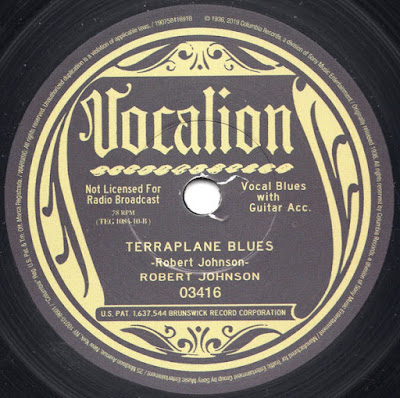If there was an American institution sorely missed now more than ever, it's the Sperry & Hutchinson Green Stamps. But there's a twist to the tale.
For decades S&H Green Stamps were the nice little extra of American life from the 1930s until the end of the 1970s. And S&H weren't the only customer loyalty/trading stamp program. There were several others, but S&H is the most nationally recognized.
But to begin, the stamp game worked like this; It added customer loyalty. For certain amounts you spent, or for certain products that the retailer wants to move, the customer got x amount of S&H Green Stamps.
The stamps came in denominations of 1, 10 and 50 points that you filled up in a stamp book like this.
You needed 50 of the 1 point stamps to fill up a single page of a book. Or five of the 10 point stamps or a single nice fat, juicy 50 point stamp (when you bought something big or shopped generously at your locally participating business. And almost every local business was participating in S&H Green Stamps.)
Each book could hold 1,200 single points of stamps. With a cash value of $1.20 each (not a shabby amount at the 1950s/1960s peak of the Green Stamp.)
You could then pick out whatever you liked from a neat, convenient catalog of whatever. Or brought your completed books to a local S&H showroom.
This solved a lot of problems. For you the customer, everything from first apartment furnishing to last minute Christmas gift ideas can be found here.
For you the retailer, you can move that pesky lingering stock or promote a new item with Green Stamps. This also helped restaurants sell specials, gas stations when you bought a certain amount of gas, banks when you opened an account and beauty shops, etc. And kept people coming back because they got bonus treats like these just for shopping local....
The S&H Ideabook was your passport to sublime cashless wishes. Where the only requirement was carrying a stamp book in your glove box/visor, bookbag or purse around town and making sure you got your stamps.
The downfall of the S&H Green Stamps came in the 1970s with the rise of the credit card. You didn't need to wait forever collecting all these stamp books for things you can get with charging it right now.
The other was the downfall of the local retailer, as downtowns began emptying into suburban malls, local businesses that carried Green Stamps began to die. Looking at the husks of remaining shopping malls these days, I doubt it was worth it.
However, it was the Greatest Generation that understood the secret true benefit of collecting stamps and books; It was a little bonus of life. Maybe the products were average and you had to wait a long time, diligently collecting stamps and books to get them. but it was just something you didn't have to pay precious hard currency for that you could use for other, more pressing things. And over time, those savings added up.
The surprising news is S&H Green Stamps were still around until last year.
"S&H Green Stamps are no longer valid and we are no longer accepting them. They have no value."




























